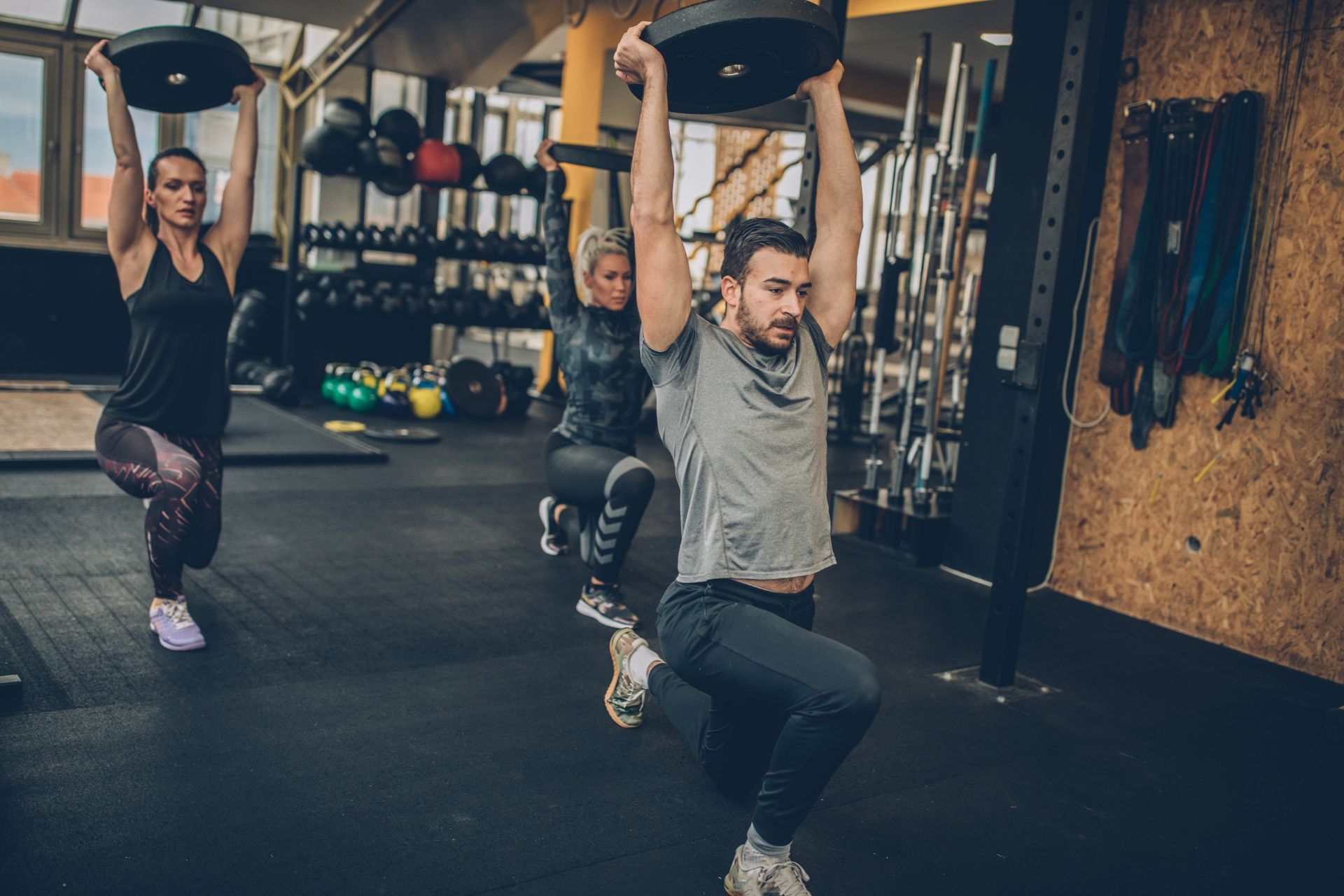Strength-Endurance Continuum
How does the strength-endurance continuum impact an athlete's training program?
The strength-endurance continuum plays a crucial role in an athlete's training program by guiding the focus on either strength or endurance, or finding a balance between the two. Depending on the athlete's specific goals and sport requirements, their training program may emphasize one end of the continuum more than the other. Understanding where an athlete falls on the continuum helps in tailoring the program to enhance their performance in a targeted manner.




